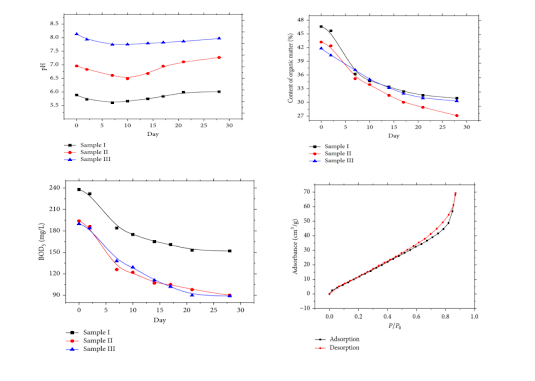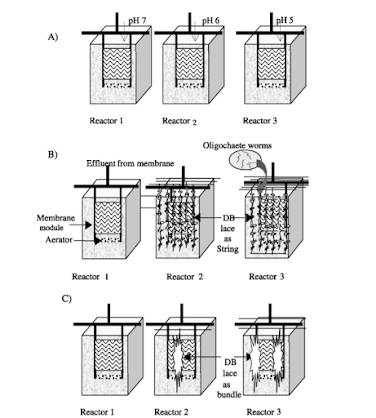Polymer Nanocomposites

Nanocomposites are multi-phasic materials, in which at least one of the phases shows dimensions in the nano range (10–100 nm). Now-a-days nanocomposite materials have emerged as suitable alternatives to overcome limitations of different engineering materials. They are reported to be the materials of 21st century. Nanocomposite materials can be classified as polymer based and non polymer based. Among different nanocomposites, polymer-based nanocomposite (PNCs) have become a prominent area of current research and development. PNCs have lot of advantageous properties such as film forming ability, dimensional variability, and activated functionalities. The PNC prepared from inorganic materials (metals and metal oxide nano-particles) using in situ polymerization and composite formation shows excellent sorbent properties and are also suitable as catalysts, sensors, reducing agents, and bactericides. Addition of nanoparticles in polymer matrix improves the polymer proper...






